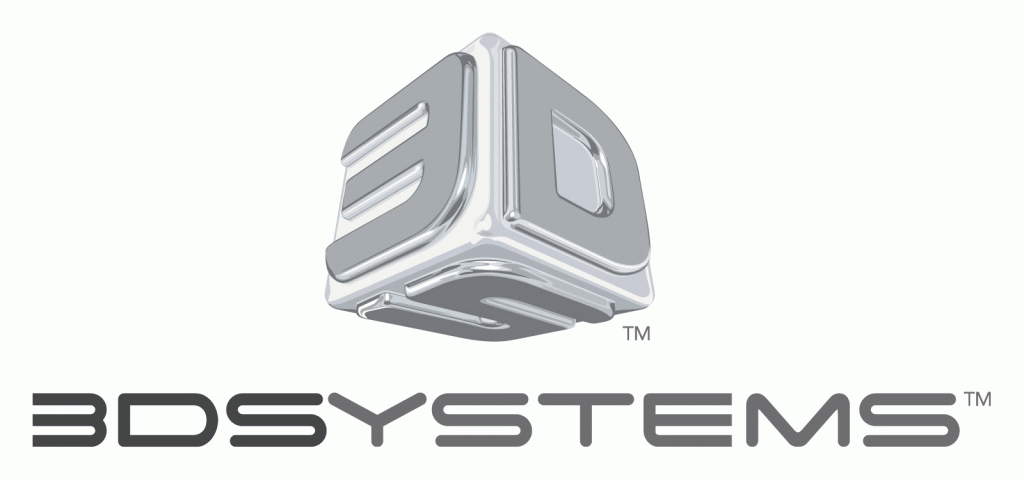
This week 3D Systems announced their financial results for the 1st quarter of 2018, as well as their full 2017 results – and it was a bit of a surprise.
The key element in their results was that their revenue for 2017, in the 4th quarter, rose by a relatively large 7% over the prior year.
This is a very positive sign, as the company has been undergoing a series of internal changes after the appointment of new CEO Vyomesh Joshi, whose new direction was expected to take many months to implement. Now that period appears to be over with the surging revenue.
Most interesting was the fact that a large driver of their revenue increase was due to their healthcare business, something that the company has been focusing on for some months now. That strategy seems to be paying off.
They are also slowly making the transition from primarily prototyping applications of their hardware to more production uses, which could offer the company a much larger market to play within.
In fact, Joshi stated during their earnings call the following:
We plan to launch next generation production systems with our Figure 4, DLP, SLS and metal technology as well in the range of materials, software and services to help customers integrate 3D printing into their manufacturing workflow.
So it seems 3D Systems will definitely be continuing their shift to production markets.
It appears the investment community has recognized these indications, as 3D Systems’ stock price bopped up to over USD$13.50 from USD$12.00 almost instantly upon the announcement’s release.
Coincidentally, their major competitor, Stratasys, received virtually no movement in their price during the same period, making it clear that the price change is solely due to 3D Systems.
The price change also did something else: the market capitalization of 3D Systems (the total value of all the shares), is now USD$1.53B as of this writing. Meanwhile, Stratasys’ market cap remains at USD$1.19B, so it now appears that 3D Systems has quite a lead on Stratasys as the most valuable 3D print-dedicated publicly traded company. It is not clear whether they are ahead or behind startup Carbon in the market value race, as Carbon is still a privately traded company whose valuation is secret.
This is all good news for 3D Systems, and as a result the 3D print industry as a whole. Keeping companies healthy and growing is important.
Via 3D Systems

